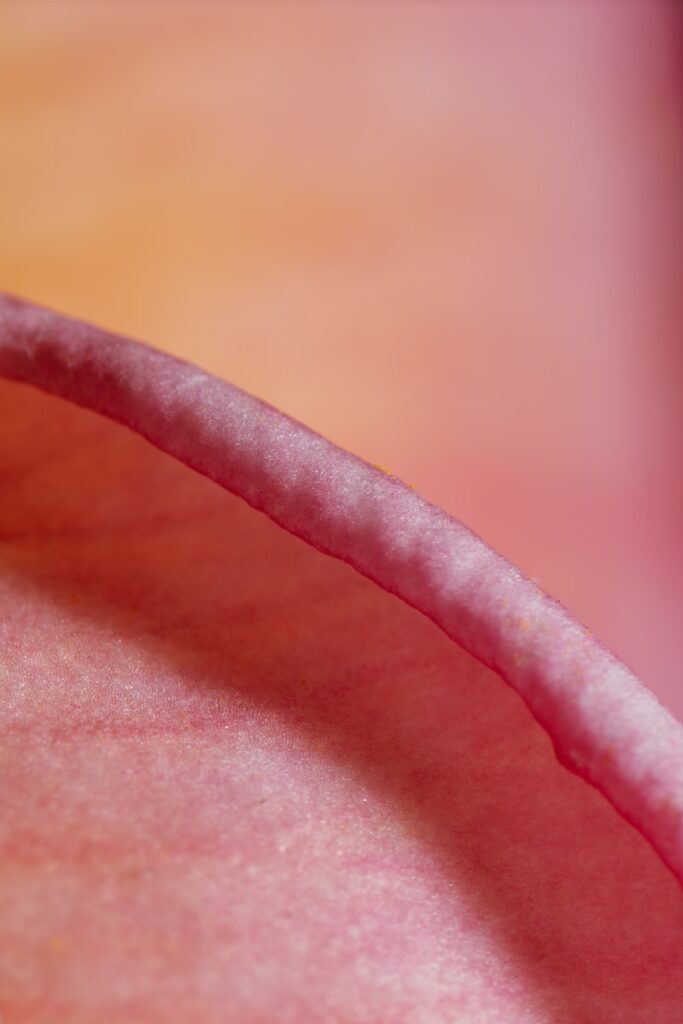Deep within the ancient rock layers of North America’s western states lies a paleontological mystery that continues to intrigue scientists and dinosaur enthusiasts alike. Richardoestesia, known primarily from its distinctive razor-sharp teeth, represents one of the most enigmatic theropod dinosaurs from the Late Cretaceous period. Despite being discovered decades ago, this genus remains shrouded in uncertainty, with most of its physical characteristics, lifestyle, and evolutionary relationships still subjects of ongoing research and debate. As we journey through the fragmentary evidence of this elusive predator, we’ll explore what makes Richardoestesia such a fascinating subject in paleontology and why its legacy continues to shape our understanding of North America’s prehistoric ecosystems.
Discovery and Naming: Honoring a Paleontological Legacy

Richardoestesia was first described in 1990 by paleontologists Currie, Rigby, and Sloan, who named the genus after Richard Estes, a distinguished American paleontologist who made significant contributions to our understanding of Mesozoic vertebrates. The type species, Richardoestesia gilmorei, was named based on fossilized jaw fragments and teeth discovered in the Dinosaur Park Formation in Alberta, Canada. While initially found in Canada, subsequent discoveries revealed that this mysterious theropod had a wide range across western North America, including sites in Montana, Wyoming, Texas, and New Mexico. The naming of this genus stands as a testament to the collaborative nature of paleontological research, with scientists honoring their colleagues’ contributions while advancing our collective understanding of prehistoric life.
The Distinctive Dental Arsenal

What makes Richardoestesia immediately recognizable to paleontologists are its highly specialized teeth, which differ markedly from those of other theropod dinosaurs of the period. These teeth are unusually long, slender, and laterally compressed, with extremely fine serrations that resemble the edge of a razor. The serration density is remarkable, with up to 5-7 denticles per millimeter, among the finest of any known dinosaur. This distinctive dental morphology suggests a specialized feeding strategy, potentially adapted for slicing through specific types of prey tissue with surgical precision. Interestingly, the teeth show different morphologies depending on their position in the jaw, indicating a complex feeding apparatus that could process various food items differently.
The Skeletal Enigma: What We Don’t Know
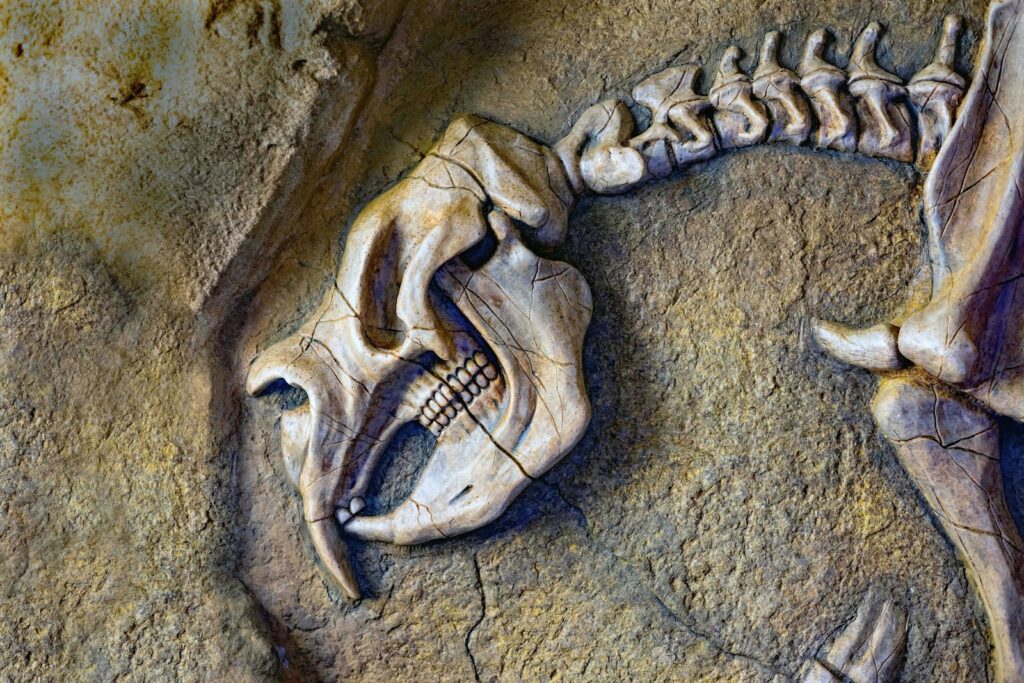
Despite decades of paleontological research, Richardoestesia remains known almost exclusively from isolated teeth and jaw fragments, creating a significant gap in our understanding of its overall anatomy. This paucity of skeletal material has made it impossible to create accurate reconstructions of the animal’s size, body proportions, or limb structure. Scientists estimate that it was likely a medium-sized theropod, potentially measuring between 2-4 meters in length, but these remain educated guesses at best. The absence of post-cranial remains has also hampered efforts to determine its precise taxonomic position within the theropod family tree. This skeletal enigma makes Richardoestesia one of the most mysterious dinosaurs from the Late Cretaceous, a creature known primarily by its dental signature.
Temporal Range: A Successful Evolutionary Run
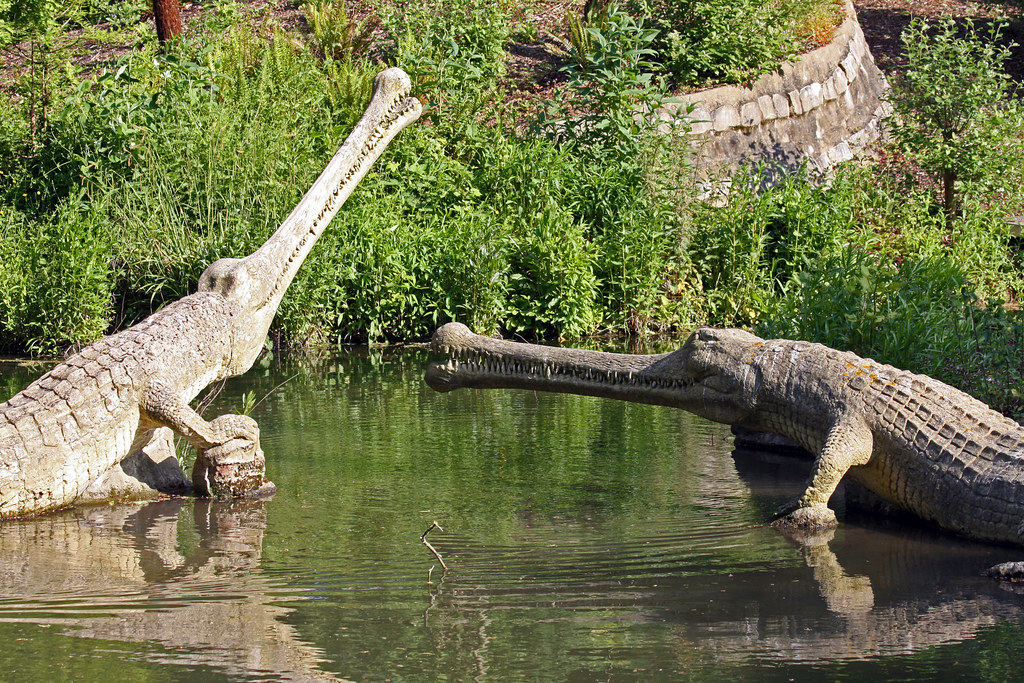
Richardoestesia’s temporal range is impressively extensive, spanning across much of the Late Cretaceous period from approximately 83 to 66 million years ago. Fossil teeth attributed to this genus have been found in geological formations dating from the Campanian to the Maastrichtian stages, right up until the end-Cretaceous extinction event that wiped out all non-avian dinosaurs. This remarkable longevity, especially considering the relatively rapid turnover rates of many other dinosaur species, suggests that Richardoestesia possessed adaptations that allowed it to survive through changing environmental conditions and ecosystem restructuring. Its persistence through these time periods provides valuable insights into the factors that contributed to evolutionary success during the twilight years of the dinosaur era.
Geographical Distribution: A Western Specialist
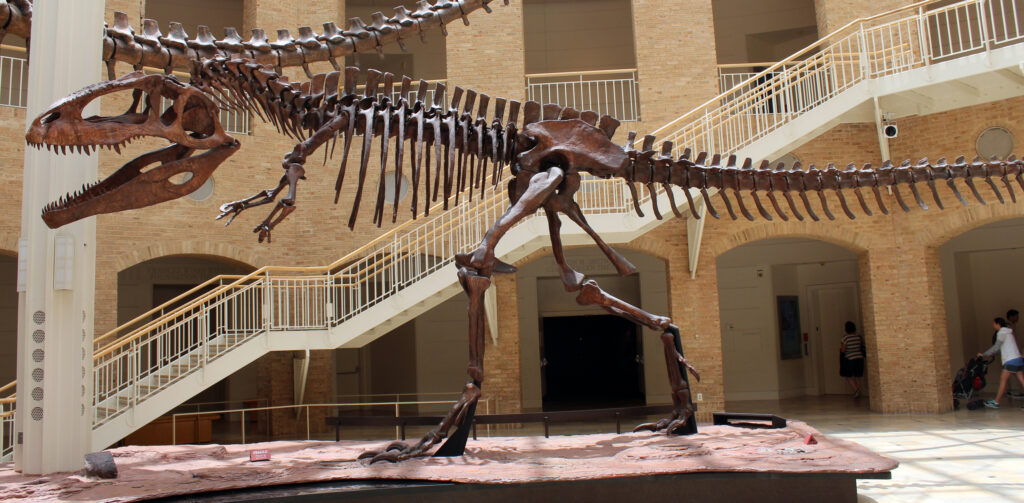
Richardoestesia fossils demonstrate a fascinating geographical pattern, with the vast majority of specimens discovered across the western states of North America and parts of Canada. Significant finds have been reported from the Dinosaur Park Formation in Alberta, the Hell Creek Formation spanning Montana and the Dakotas, the Lance Formation in Wyoming, and as far south as the Aguja Formation in Texas and the Kirtland Formation in New Mexico. This distribution pattern suggests that Richardoestesia was well-adapted to the diverse environments of western North America during the Late Cretaceous. The western concentration of fossils might indicate specific habitat preferences or ecological niches that were common across these regions but less prevalent elsewhere on the continent.
Taxonomic Debates: Where Does It Fit?

The taxonomic classification of Richardoestesia remains one of the most contentious aspects of its study, with paleontologists disagreeing about its precise position within the theropod family tree. Initially, it was tentatively classified as a dromaeosaurid (raptor) based on certain dental characteristics, but subsequent analyses have questioned this assignment. Some researchers have suggested potential relationships with troodontids, while others have proposed it might represent a more basal coelurosaur. A particularly intriguing hypothesis places Richardoestesia as a possible relative of birds or bird-like theropods, given certain similarities in tooth morphology to some avian ancestors. Without more complete skeletal material, these taxonomic debates will likely continue, making Richardoestesia a classic example of the challenges in classifying fragmentary fossil taxa.
Dietary Specializations: What Did It Eat?
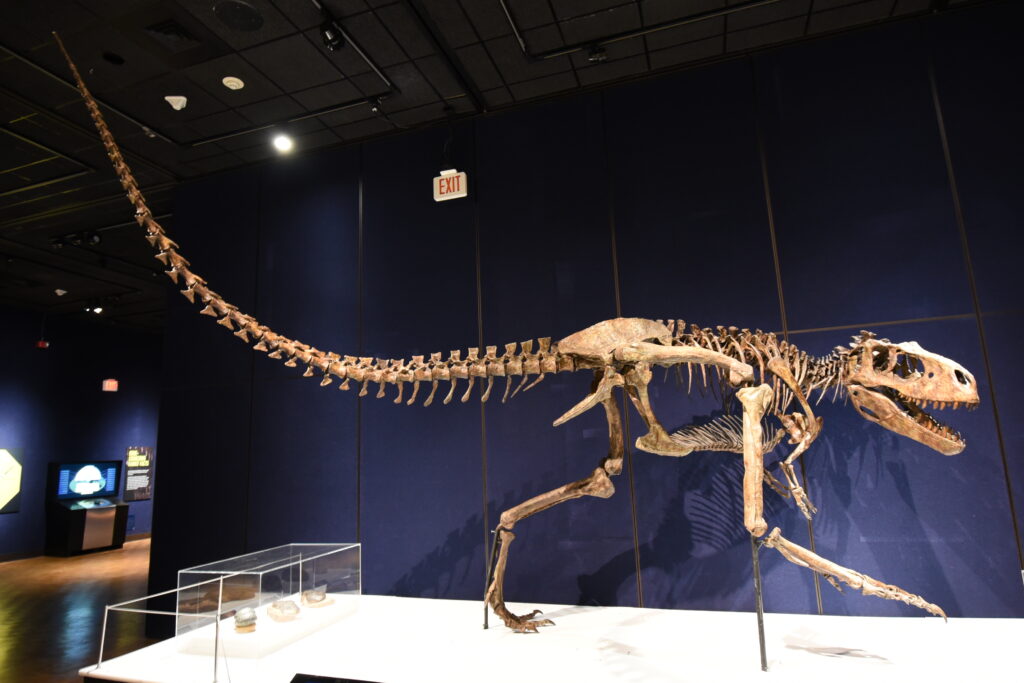
The unusual dental morphology of Richardoestesia provides compelling evidence for dietary specialization that set it apart from contemporaneous theropods. The exceptionally fine serrations and blade-like profile of its teeth suggest an adaptation for slicing through soft tissues with minimal resistance. Some paleontologists have proposed that Richardoestesia may have been specialized for feeding on fish or other aquatic prey, which would explain the need for such precise cutting teeth. Others have suggested it might have been adapted for feeding on small vertebrates or even for specialized scavenging behaviors. Microwear analysis of tooth surfaces has revealed patterns consistent with both piercing and slicing actions, supporting the hypothesis that these dinosaurs employed a distinct feeding strategy within Late Cretaceous ecosystems.
Multiple Species: A Diverse Genus

Current scientific consensus recognizes at least two distinct species within the Richardoestesia genus: R. gilmorei (the type species) and R. isosceles. These species are differentiated primarily based on subtle variations in tooth morphology, with R. isosceles exhibiting more symmetrical teeth with an isosceles triangle shape when viewed from the side. Some researchers have suggested that additional species may exist within what we currently classify as Richardoestesia, based on statistical analyses of tooth measurements from different geological formations. This potential diversity within the genus raises interesting questions about niche partitioning and speciation events among these specialized predators. The recognition of multiple species also suggests that Richardoestesia represents a successful evolutionary lineage that diversified to exploit different ecological opportunities across western North America.
Paleoenvironmental Context: Where It Lived
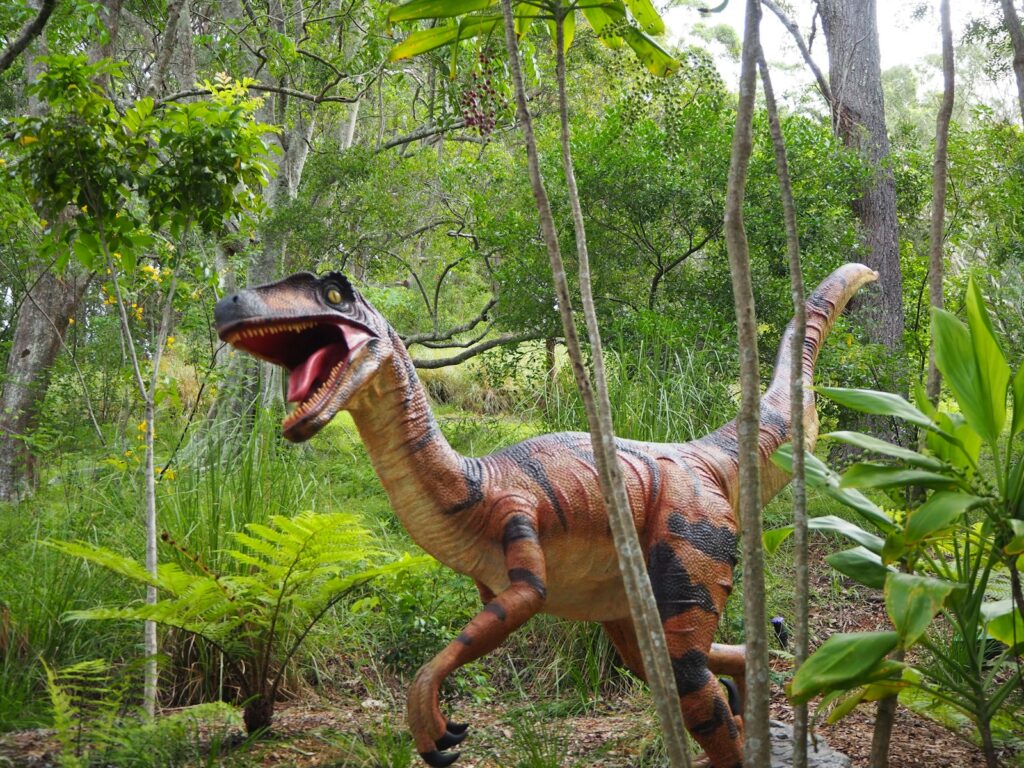
The environmental settings in which Richardoestesia fossils have been discovered provide valuable context for understanding its ecological role. These remains are frequently found in formations representing diverse habitats, including coastal plains, river deltas, and inland floodplains. Particularly notable is the prevalence of Richardoestesia teeth in sediments associated with aquatic or semi-aquatic environments, which aligns with hypotheses regarding potential specialization for piscivory (fish-eating). The Late Cretaceous Western Interior Seaway divided North America during this period, creating a variety of coastal and riparian environments that may have provided ideal habitats for these predators. Richardoestesia appears to have thrived in these dynamic ecosystems alongside a diverse assemblage of other dinosaurs, crocodilians, turtles, and early mammals.
Comparative Analysis with Contemporary Theropods
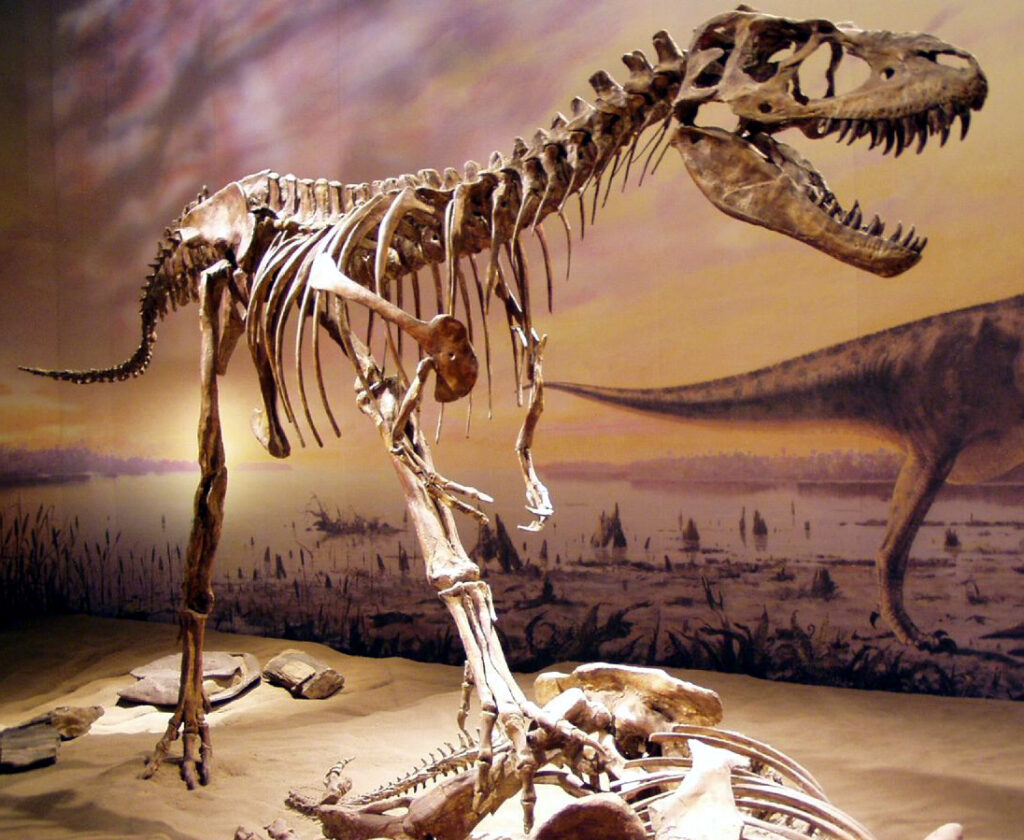
The Late Cretaceous ecosystems of western North America hosted a remarkable diversity of theropod dinosaurs, ranging from the massive Tyrannosaurus rex to smaller dromaeosaurids and troodontids. Within this complex predatory guild, Richardoestesia appears to have occupied a specialized niche distinct from its contemporaries. While tyrannosaurids possessed robust teeth adapted for crushing bone, and dromaeosaurids featured curved teeth suited for gripping struggling prey, Richardoestesia evolved its razor-like dentition for precision cutting. This differentiation in dental morphology provides compelling evidence for niche partitioning among Late Cretaceous theropods, with each group exploiting different food resources or employing distinct hunting strategies. Richardoestesia’s unique dental adaptations may have allowed it to exploit food resources that were inaccessible or less efficiently processed by other contemporary predators.
Research Challenges: Working with Fragmentary Evidence
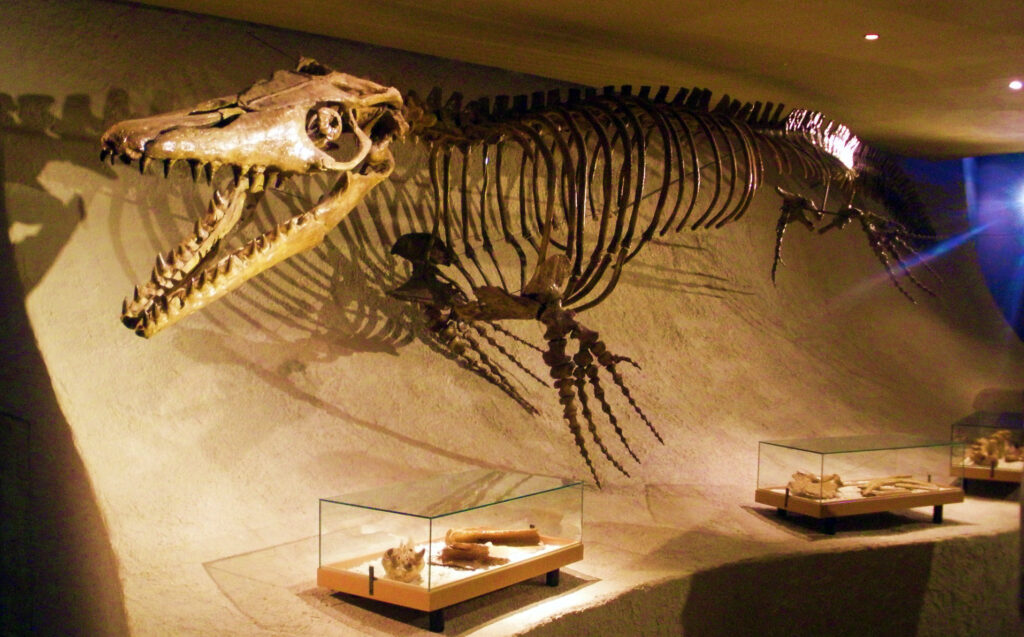
The study of Richardoestesia exemplifies the significant challenges paleontologists face when working with fragmentary fossil evidence. Unlike dinosaurs known from complete or partial skeletons, researchers must extrapolate much about this genus from isolated teeth and jaw fragments, leading to substantial uncertainty about its overall anatomy and biology. This limitation has necessitated innovative approaches, including statistical analyses of tooth morphometrics to identify patterns across specimens and comparison with better-known theropods to make educated inferences about its probable characteristics. Additionally, the small size and delicate nature of these teeth make them difficult to recover during excavations, potentially creating sampling biases in the fossil record. Despite these challenges, paleontologists continue to refine their understanding of Richardoestesia through careful analysis of available specimens and application of new technologies such as microscopic examination and 3D modeling.
Cultural and Scientific Significance

Beyond its paleontological importance, Richardoestesia represents a powerful example of how even fragmentary fossil evidence can expand our understanding of prehistoric ecosystems. The genus has become emblematic of the “hidden diversity” that likely existed among dinosaurs but remains incompletely represented in the fossil record. In scientific education, Richardoestesia serves as an excellent case study for teaching about taxonomic classification challenges, specialized adaptations, and the methods paleontologists use to draw conclusions from limited evidence. While less familiar to the general public than iconic dinosaurs like Tyrannosaurus or Triceratops, Richardoestesia has developed a following among paleontology enthusiasts who appreciate the mysteries it represents. The ongoing research into this enigmatic predator continues to inspire new generations of scientists and highlight the dynamic nature of paleontological knowledge.
Future Research Directions
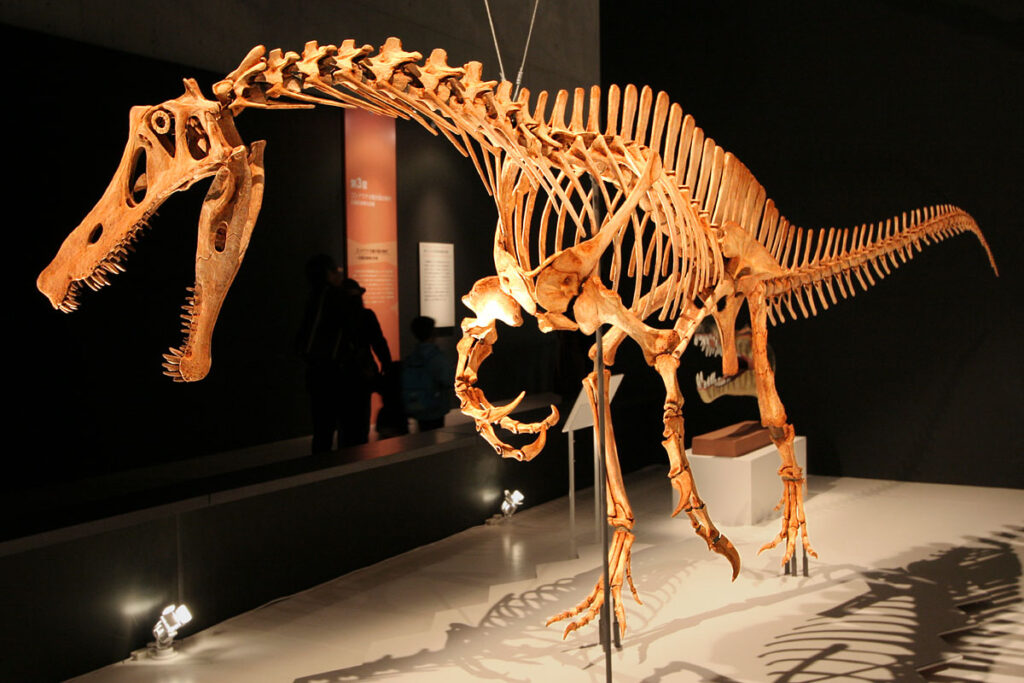
The future of Richardoestesia research holds exciting potential for resolving many of the current uncertainties surrounding this mysterious theropod. The discovery of more complete skeletal material remains the holy grail for researchers studying this genus, as even a partial postcranial skeleton would dramatically improve our understanding of its anatomy and evolutionary relationships. Emerging technologies offer promising avenues for extracting more information from existing specimens, including advanced CT scanning to examine internal tooth structure and biomechanical modeling to test hypotheses about feeding mechanics. Molecular paleontology techniques, though challenging with specimens of this age, might eventually provide insights into protein or DNA preservation that could clarify taxonomic relationships. As excavations continue across western North America, particularly in understudied regions with Late Cretaceous exposures, the possibility remains that more substantial Richardoestesia material awaits discovery, potentially transforming our understanding of this razor-toothed enigma.
Richardoestesia stands as a testament to both the richness of North America’s prehistoric ecosystems and the persistent mysteries that drive paleontological research forward. From its razor-sharp teeth with microscopic serrations to its widespread distribution across the western states, this enigmatic theropod continues to fascinate scientists and dinosaur enthusiasts alike. Though known primarily from dental remains, Richardoestesia tells a compelling story of specialized adaptation and evolutionary success during the final chapter of non-avian dinosaur existence. As research techniques advance and new fossils potentially emerge, our understanding of this mysterious predator will continue to evolve, reminding us that even after centuries of paleontological investigation, the ancient world still holds many secrets waiting to be uncovered.

